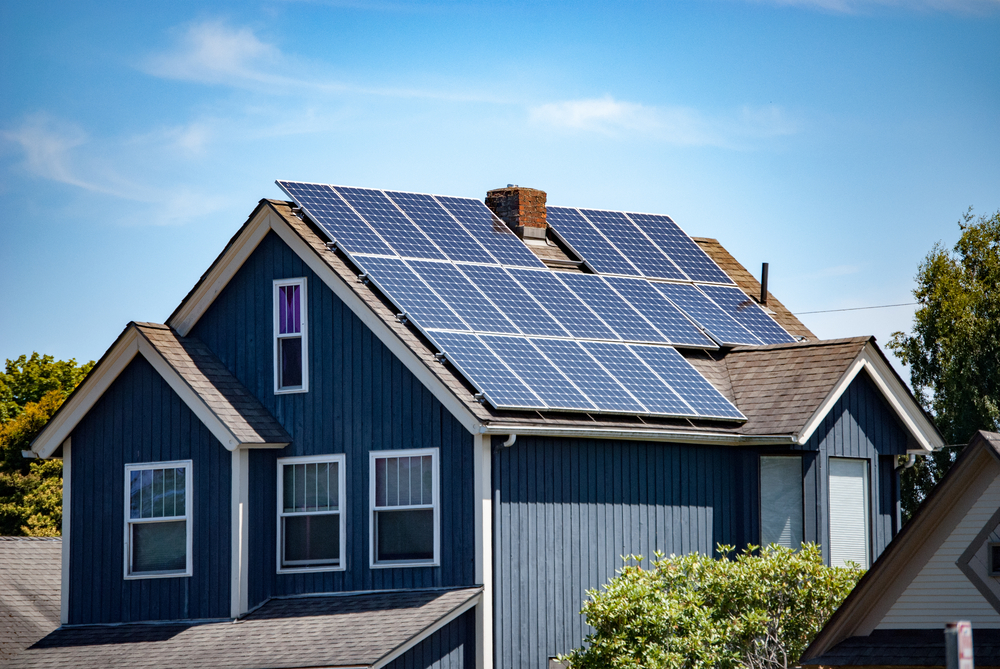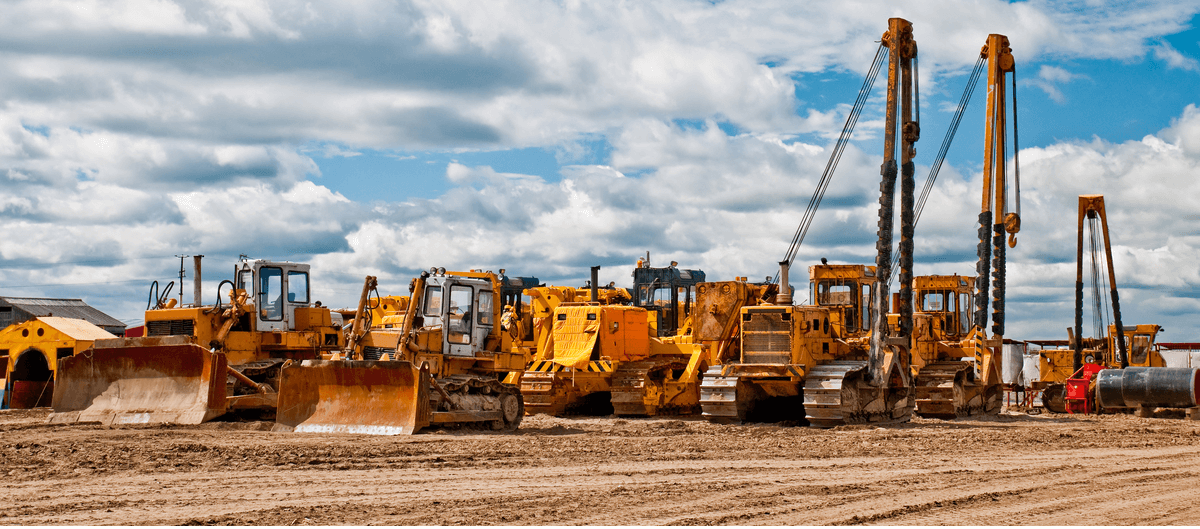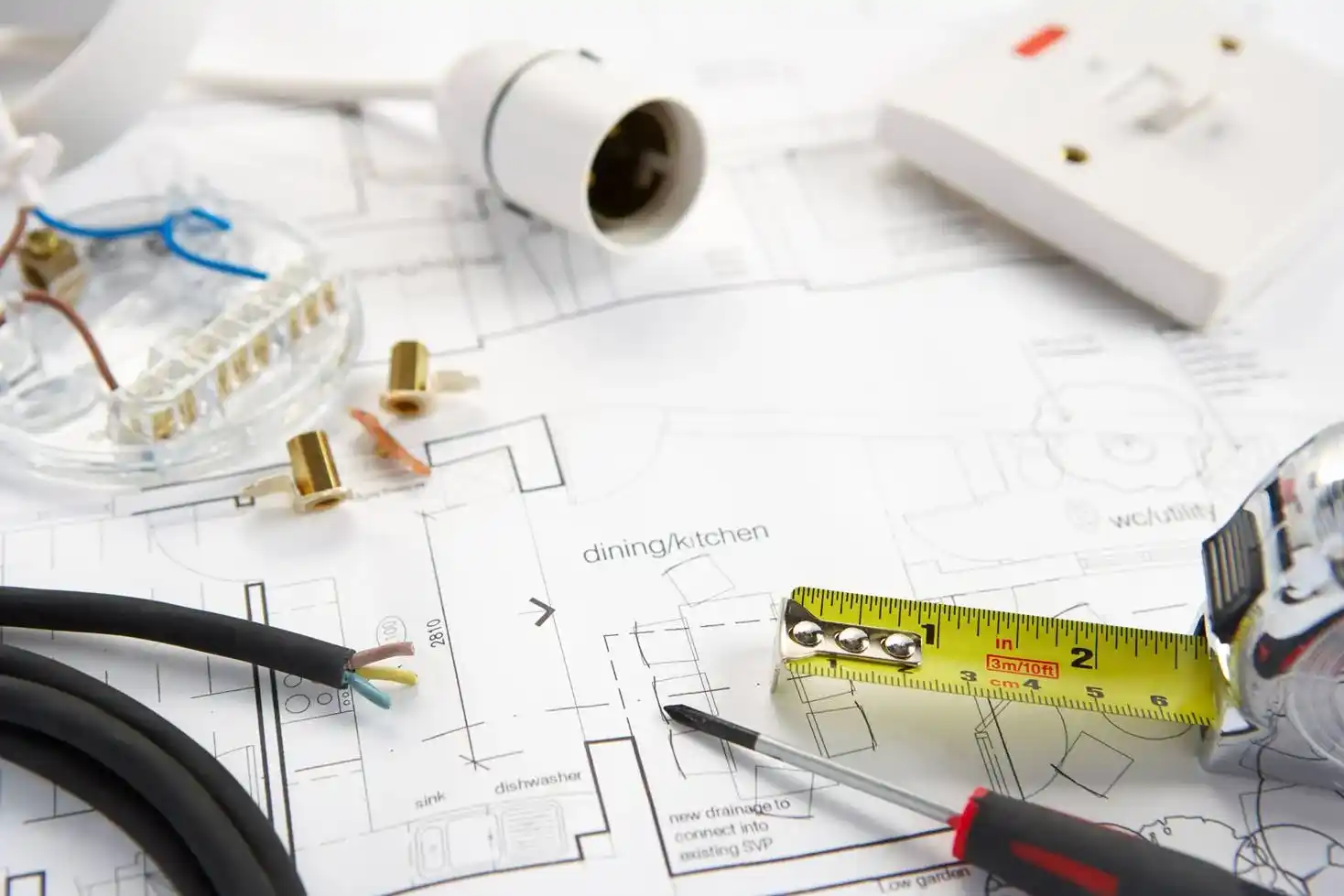Radiant heating systems deliver heat through the floor, walls or ceiling of a building. As implied by their name, these systems rely mostly on radiant heat transfer - direct delivery of heat from a warm surface to occupants and objects via radiation.
Radiant floor heating systems are characterized by their silent operation and energy efficiency. Since the heat source is located below, temperature rise is uniform as warm air rises and displaces cooler air. This also allows heating to occur without a forced air system: the installation does not disturb dust and allergens, while improving occupant comfort by eliminating air drafts. Radiant floor heating also offers a lower running cost than furnace-based heating systems - you can expect savings from 25% to 50% according to the US Department of Energy. Space heating is the highest energy expense in NYC buildings, so projects that improve its efficiency tend to have an excellent return on investment.
Radiant floor heating is a great option for houses with children and for schools. Conventional air duct systems deliver heat from above, and the lower portion of the room is not always heated effectively because warm air tends to rise. Due to their shorter height, kids are more susceptible to uneven heating from forced air systems, and this can potentially lead to health issues. On the other hand, radiant floor heating delivers heat from the bottom up and improves comfort for kids.
Radiant heat systems are highly recommended in houses with big rooms and high ceilings. Conventional forced air systems are impractical in these cases, since they only tend to heat the upper portion of the room, wasting energy.
Types of Radiant Floor Heating Systems
Radiant floor heating systems can be classified based on the medium used to deliver heat: air-heated, electric and hydronic.
1) Air-heated radiant floor system: In this system configuration, hot air is blown through the ducts beneath the floor, which causes a warming effect. The main limitation is that air cannot hold much heat, so these systems are not suited for residential buildings.
2) Electric radiant floor system: This configuration uses heating cables or conductive plastic mats that are built into the floor. The main limitation of electric radiant floor systems is their dependence on resistance heating, which can result in a very high running cost if the kilowatt-hour price is high.
Electric radiant floor heating works best for property owners that have access to time-of-use electricity rates and floors with a large thermal mass (e.g. concrete). The system can be configured to operate when electricity prices are low, which is normally during off-peak hours, storing as much heat as possible in the floor itself. The system is also set to shut down during peak demand hours with expensive electricity, and the floor can deliver from 8 to 10 hours of heating without power consumption if its thermal mass is high enough. If the floor has a reduced thermal mass, the electric RFH system must operate more frequently, and running costs can increase dramatically during peak demand hours.
3) Hydronic (hot water) radiant floor system: This is the most popular and cost-effective among the three types of radiant floor systems, and is suitable for applications where occupants can use a thermostat to control the heat output room-by-room. Hot water from a boiler is pumped through hydronic pipes that are evenly distributed under the floor, and distribution among different piping runs is controlled through a manifold. Hydronic RFH systems have minimal maintenance requirements and can be installed between the joists under existing floors, making them ideal for renovations.
Radiant Floor Heating Installation Types
Radiant floor heating systems can be classified into wet and dry installations. Note that this classification is independent from the heat transfer medium: the words wet and dry to not make reference to hydronic piping or electrical resistance.
1) Wet installation: This is the oldest type of radiant floor installation. Electrical cables, mats or hydronic tubing are embedded in a thick concrete slab or thin concrete subfloor, which means this installation type is more expensive than a dry one. The RFH system takes more time to heat the floor and the air in the room, but the large thermal mass of concrete preserves the heating effect for several hours after the system is turned off.
2) Dry installation: A dry installation is easier to set up, less expensive and generally the most convenient type. The heating cables, mats or tubing are installed in a pocket of air under the floor, not embedded in concrete, resulting in a faster heating than a wet installation. This system configuration needs to operate at a high temperature however, since it is not embedded in the floor material.
How Flooring Materials Influence Performance
The performance of radiant floor heating is strongly influenced by the flooring material: thermally-conductive materials enhance performance, while insulating materials are detrimental. However, this does not imply you should avoid insulation - just make sure it is not installed where it can block heat transfer between the radiant floor system and indoor spaces.
Due to its high thermal conductivity and storage capacity, ceramic tile is considered the most effective covering material for radiant floor heating. Other materials such as vinyl and linoleum sheet provide too much insulation, hence reducing system efficiency. Wood floors conduct the heat quite well, but laminated wood flooring is prefered over solid wood, which can easily dry and contract.
Read more about Thermal Mass Flow Meter and its Working Principle
How Do Radiant Panels Work?
Unlike radiant floor systems, these panels are generally installed in walls and ceilings, using electricity or hot water to heat aluminum sheets. Electrically-heated systems offer the convenience preventing water leakage issues, but also have a much higher running cost due to dependence on electricity. Radiant panel systems can have a superficial construction or can be embedded in the wall, but keep in mind that future alterations are impractical in the second case.
What Are the Key Components of Radiant Floor Heating Systems?
1) PEX tubing/heating cables/heating mats: This part of the system is responsible for delivering heat. PEX tubing distributes hot water from a boiler, while the other two options produce heat directly through electrical resistance.
2) Manifold: Distributes hot water among various hydronic piping circuits.
3) Actuator valves and fittings: Valves allow water flow control, while fittings provide connection between piping runs and other system components.
4) Control pack: Operates the system based on user settings.
5) Heating control (thermostat): Lets the user establish the required temperature.
Benefits of Radiant Floor Heating
1) RFH is suitable for new constructions with large rooms and high ceilings, improving both performance and comfort.
2) Easily-adjustable comfort levels and heating controls.
3) Energy savings and reduced bills.
4) More free space is available, by eliminating forced air systems and their associated ducts.
5) Air moves by natural convection, minimizing the spread of dust and allergens.
6) Silent operation
7) Universal control







